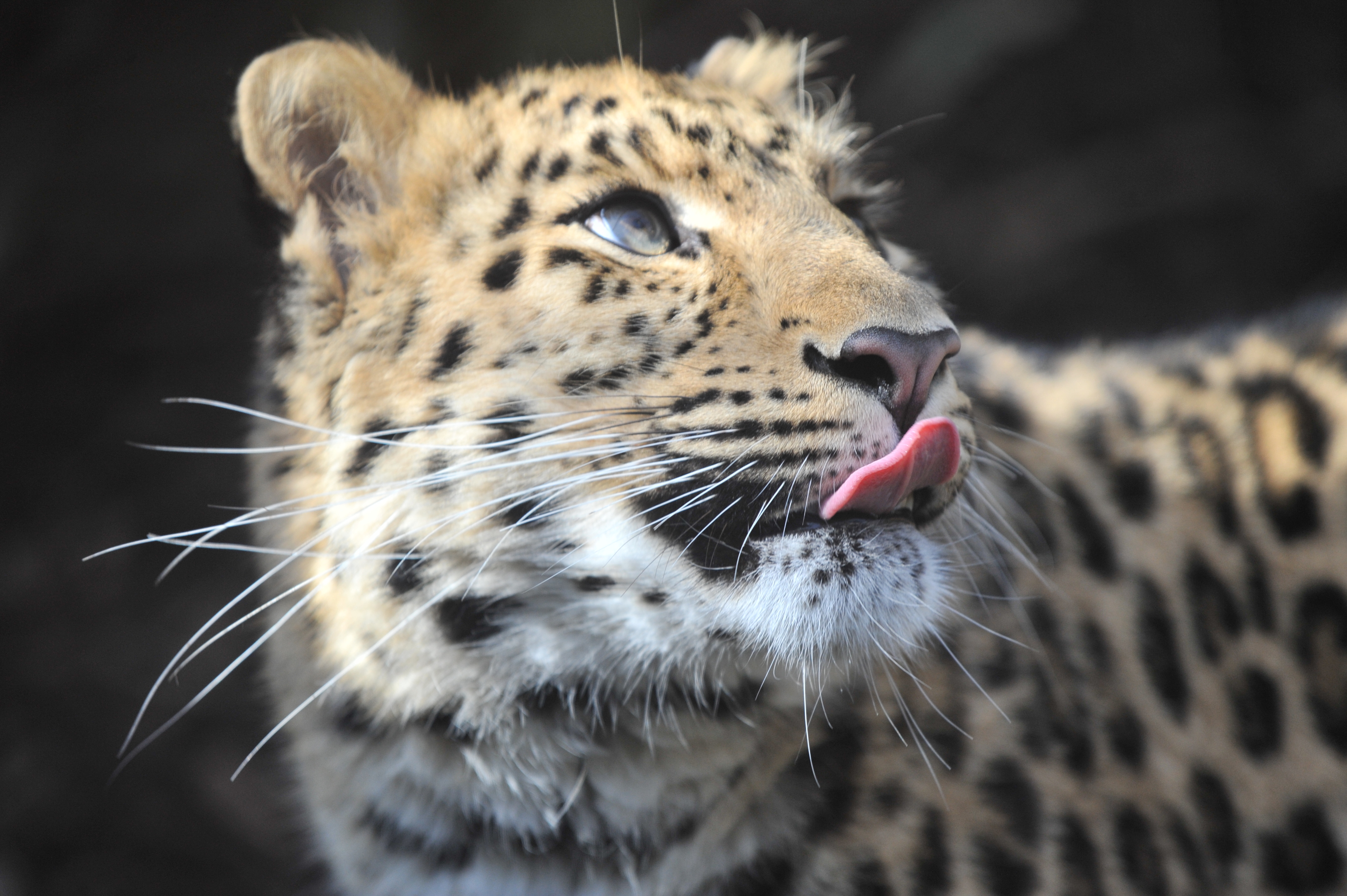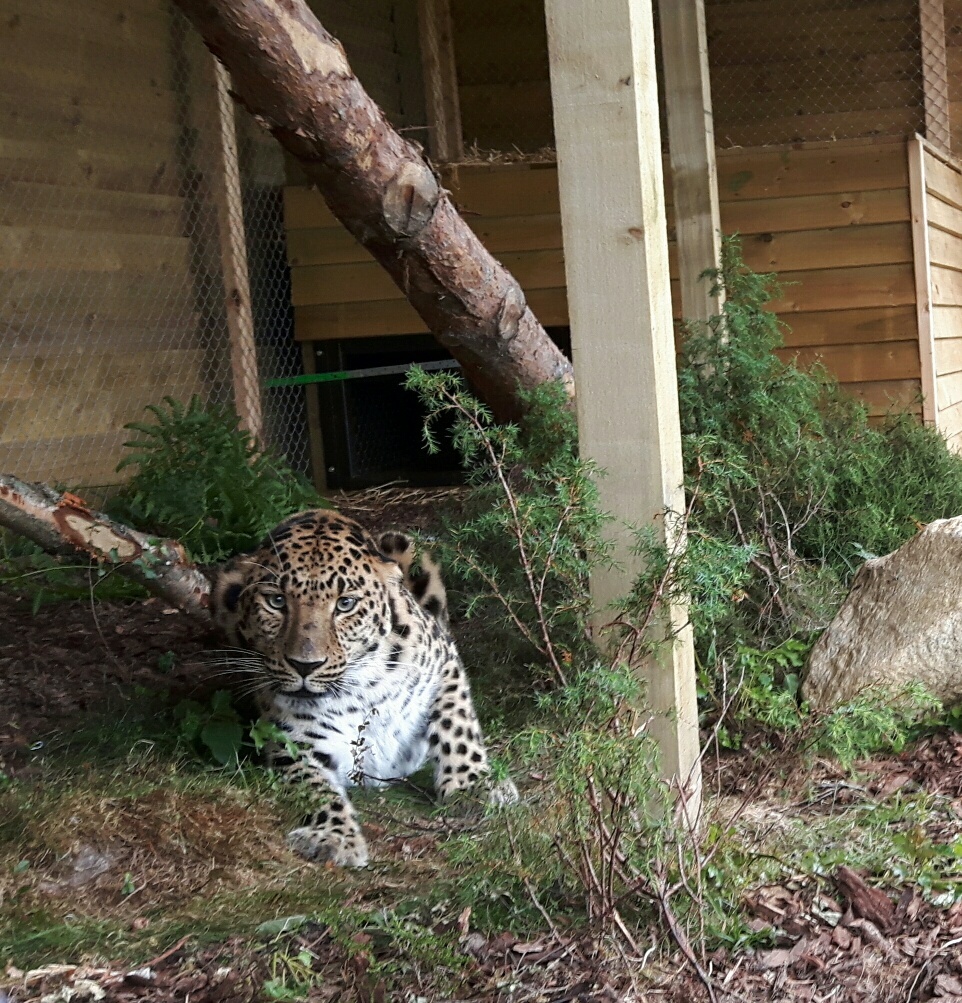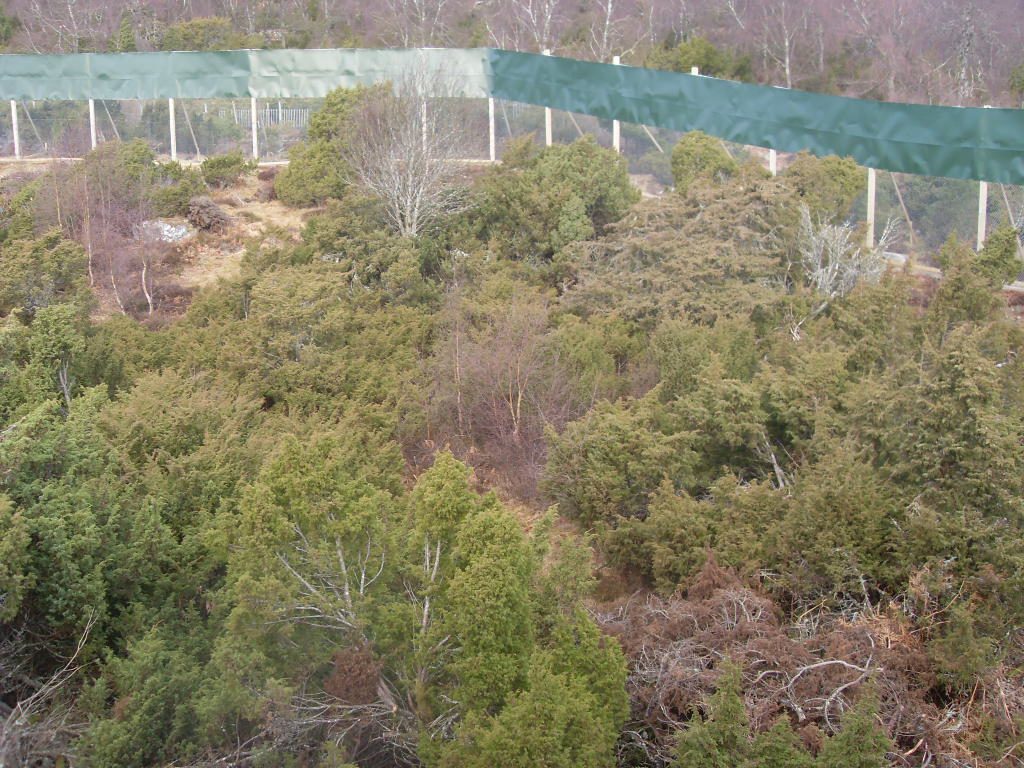
KEEPERS at RZSS Highland Wildlife Park have unveiled the work they have been doing behind-the-scenes to help the rarest big cat in the world, the Amur leopard, in time for Earth Day on the 22nd April.
Construction has now finished on a large facility that encloses a wonderful portion of natural Highland habitat that despite its high profile inhabitants, will not be on show to visitors.
Douglas Richardson, Head of Living Collections, RZSS Highland Wildlife Park said:
“Earth Day is about celebrating environmental protection and conservation. At RZSS we have some very exciting conservation projects which are challenging traditional perceptions of zoos. Most zoos today exhibit animals which are threatened species, whose zoo populations are maintained as part of a wider conservation effort. At RZSS Highland Wildlife Park, we are going one step further.
“A specially designed, off-show, breeding complex for Amur leopard is now complete and it was made possible due to a very generous anonymous donation. As the Park has large, undeveloped areas, it gave us the opportunity to build an extensive leopard facility that would allow us to produce and rear cubs that were not familiar with humans, making them directly eligible for the Russian reintroduction project.”
RZSS Highland Wildlife Park focuses on cold weather adapted species and has had notable breeding success with a range of threatened carnivores and the addition of Amur leopards intends to build on that success. The male, Freddo, was born in Tallinn Zoo in Estonia and the female, Arina, was born at Twycross Zoo in the Midlands; both were born in 2014.
“If our leopards produce and rear cubs this year, we could be in a position to return cats to Russia by mid to late 2018, which is very exciting as our approach will dramatically abbreviate the reintroduction process. Our Amur leopards will never be on show to our visitors but we hope to create an information hub that will explain all about this exciting conservation project and hopefully educate people about the plight of these animals.”
Although now better protected, there are less than 70 Amur leopards remaining in the wild. Classed as Critically Endangered on the IUCN Red List, they have been illegally hunted for their coat and other body parts for the traditional medicine trade. The proposed release site is now completely devoid of leopards and so the reintroduction project hopes to return the leopard to this part of their historical range.

Enjoy the convenience of having The Sunday Post delivered as a digital ePaper straight to your smartphone, tablet or computer.
Subscribe for only £5.49 a month and enjoy all the benefits of the printed paper as a digital replica.
Subscribe
